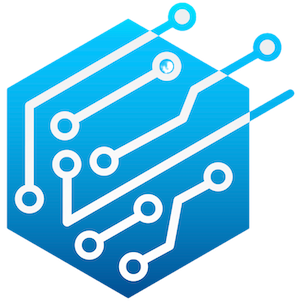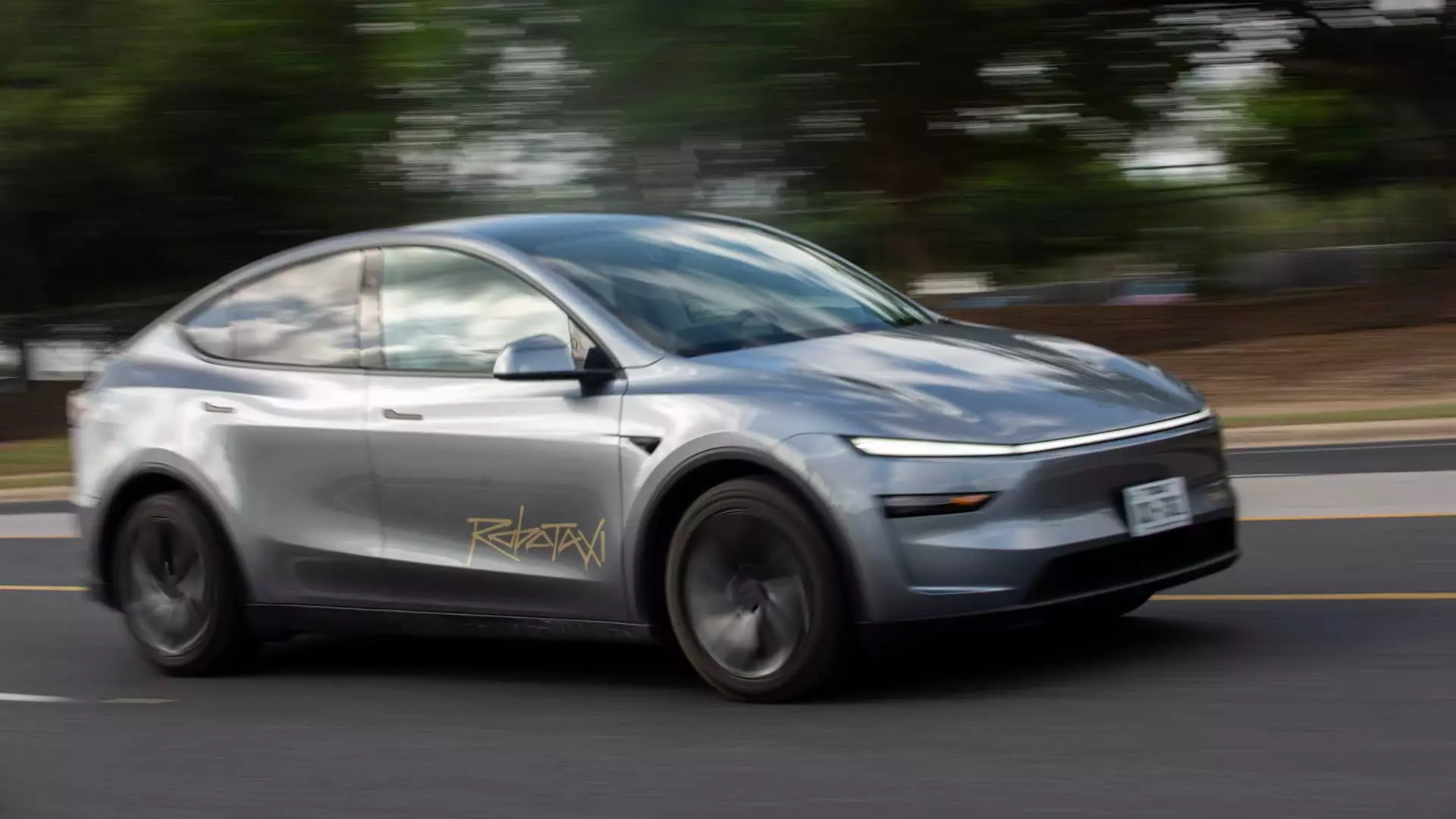Tesla has long positioned itself as a trailblazer in the autonomous vehicle industry, promising a future where robotaxis will revolutionize urban mobility. CEO Elon Musk’s recent hints at expanding Tesla’s robotaxi service into the San Francisco Bay Area heighten expectations of a new era—one where autonomous vehicles operate freely and without human oversight. However, beneath the hype lies a stark reality: current regulations and legal hurdles render Tesla’s ambitious plans more aspirational than operational. The regulatory landscape demonstrates that Tesla’s vision of driverless taxis is still in the realm of marketing rhetoric rather than enforceable fact. The California Public Utilities Commission’s (CPUC) explicit declaration that Tesla cannot legally transport the public in autonomous vehicles without human drivers exposes a yawning gap between Tesla’s projections and actual regulatory permissibility.
This gap unveils a fundamental issue: Tesla’s narrative of autonomous vehicle dominance often outpaces the legal framework designed to ensure safety and accountability. Turning a blind eye to these constraints risks creating a disconnect between public expectations and what the law currently permits. Tesla’s insistence on expanding robotaxi services might help boost investor confidence, but in practice, it remains tethered to the limitations imposed by regulators who prioritize safety over hype. Tesla’s claims, therefore, should be viewed through a skeptical lens—an optimistic projection that ignores the regulatory hurdles still standing in the way of full autonomy.
What the Regulatory Roadblocks Reveal About Tesla’s Ambitions
The regulatory environment in California—one of the most advanced markets for autonomous vehicle testing—serves as a brutal reality check for Tesla’s automation ambitions. The company’s possession of a “drivered testing permit” since 2014 allows it to operate autonomous vehicles with human safety drivers. Yet, this permit explicitly bars Tesla from deploying driverless ride-hailing services that collect fees or operate without a human overseeing the vehicle. The distinction is crucial; it means Tesla can test autonomous systems but cannot legally run a fully autonomous taxi service, let alone extend that service to the general public.
Tesla’s strategic move to extend operations under a charter-party carrier permit to serve select groups—while technically legal—is limited in scope. It’s essentially a sanctioned, controlled pilot rather than a widescale commercial deployment. This highlights that the real barrier isn’t technology but legal authorization. While Tesla might have the technological prowess to develop autonomous systems with impressive capabilities, the law insists it must adhere to stricter standards—striking a balance between innovation and public safety. The disconnect underscores a broader truth: technological mastery does not equate to legal approval, especially when public safety is at stake.
The case of Austin, Texas, exemplifies this dynamic. Here, Tesla’s limited robotaxi service, operating during daylight hours and limited to favorable weather conditions, operates under tight supervision—an explicit acknowledgment that full autonomy remains aspirational. Having human safety supervisors onboard is a testament to the cautious approach regulators enforce, yet it also underscores Tesla’s current limitations.
Trust, Transparency, and the Ethical Dilemmas of Rapid Innovation
Tesla’s dealings with regulators and the public reveal a pattern of aggressive innovation often hampered by transparency issues. The company’s promotion of its driver assistance features—initially marketed as Autopilot and Full Self-Driving—has faced fierce criticism from regulators and safety advocates alike. The recent shift to calling these systems “FSD Supervised” appears more as a sanitized rebranding than a reflection of actual capabilities. The disparity between Tesla’s promotional videos, which show drivers engaged hands-free in multi-tasking scenarios, and the stipulations in the user manuals demanding constant driver attention, raises serious questions about honesty and consumer awareness.
The California DMV’s move to suspend Tesla’s license to sell vehicles due to misleading claims exemplifies the company’s ongoing struggle to align marketing with reality. This matter underscores a fundamental ethical dilemma: should a company prioritize marketing advances over transparent communication about what its technology can or cannot do? Tesla’s apparent willingness to blur lines can foster false confidence among consumers, increasing the risk of accidents and public distrust.
The broader societal question is whether Tesla’s rapid push into autonomous technology genuinely reflects a cautious, safety-first approach, or whether it’s driven by a desire to dominate the market at all costs. Transparency and honesty are foundational for building public trust—elements that Tesla seems to be risking in its haste to commercialize autonomous vehicles. A technology that promises a safer, more efficient future must be rooted in integrity, not just innovation.
Community Engagement and the Need for Responsible Innovation
The local communities surrounding Tesla’s ambitions remain largely in the dark about the company’s plans. Officials from Marin County and other parts of the Bay Area have expressed frustration over Tesla’s opaque communication. Such apprehension underscores a broader societal concern: technological innovation should involve meaningful community dialogue, not just corporate announcements and regulatory filings.
Tesla’s tendency to leapfrog ahead without engaging with local stakeholders risks fostering suspicion, resistance, and even outright opposition. If autonomous vehicles are to deliver on their potential to transform urban mobility positively, they must be integrated thoughtfully, with clear communication, accountability, and community participation. Ignoring these principles may lead to legal restrictions, public backlash, and ultimately, the failure of the very innovation Tesla advocates.
Meanwhile, rivals like Waymo have demonstrated the importance of building trust through transparent collaboration with regulators and local authorities. Their extensive permit acquisition process in California exemplifies a more responsible approach—one that balances innovation with compliance and stakeholder engagement. If Tesla hopes to realize its autonomous vision, embracing similar transparency and inclusiveness will be indispensable.
In essence, Tesla’s current trajectory in autonomous mobility is a complex interplay of technological potential, regulatory barriers, and ethical challenges. Bold proclamations clash with legal realities, and the community’s voice remains largely unheard amidst the hype. While Tesla’s innovations are undeniably impressive, they must be tempered with a commitment to lawful, transparent, and community-oriented practices if the company truly aims to lead the future of autonomous transportation.


Leave a Reply